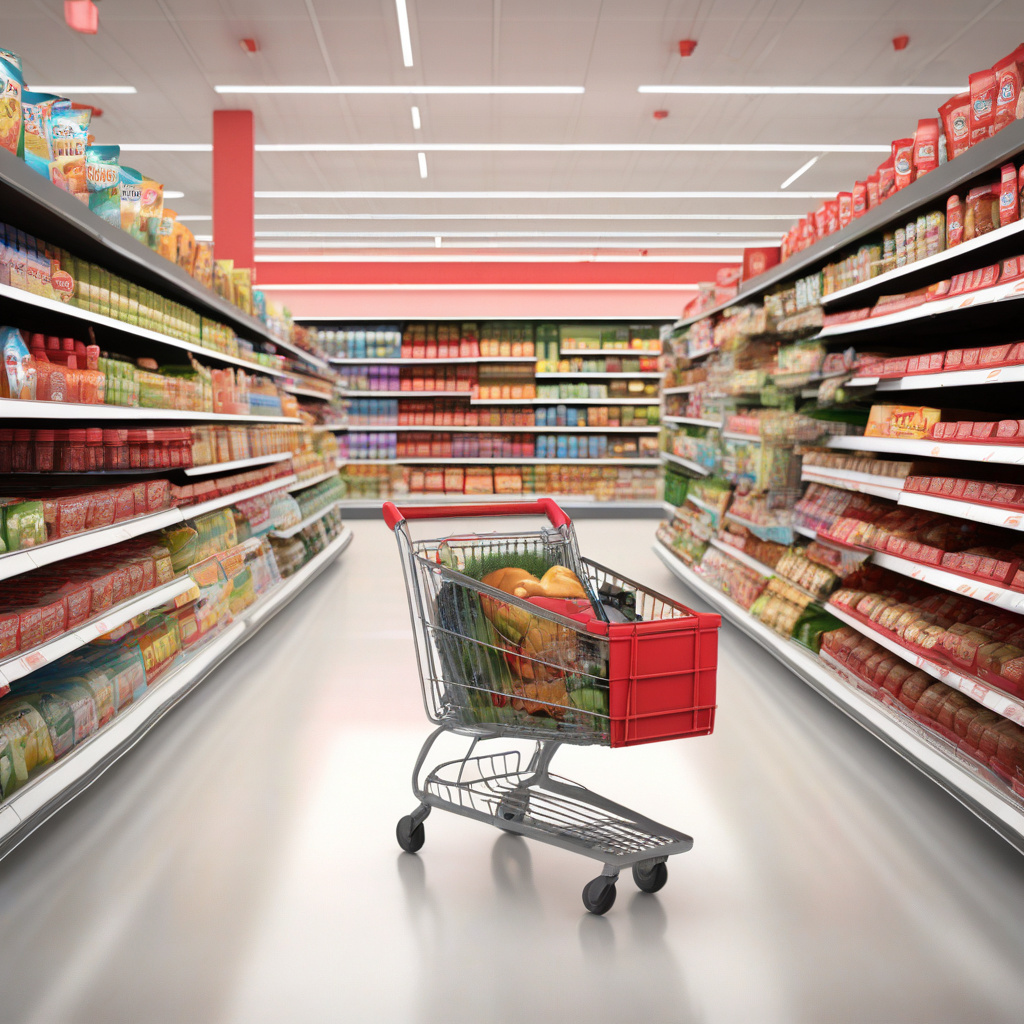The Demise of Hi-Lo Pricing: Why Grocers and Customers Are Moving On
In the ever-evolving landscape of retail, grocers have long relied on a pricing strategy known as Hi-Lo – high prices punctuated by frequent discounts and promotions. However, this once-popular approach is losing its effectiveness, leaving both retailers and customers seeking a new path forward.
The Downfall of Hi-Lo Pricing
Historically, Hi-Lo pricing was a successful strategy for grocers to drive foot traffic and create a sense of urgency among customers. By offering periodic sales and discounts on select items, retailers could attract bargain hunters and boost sales during promotional periods. However, this approach has several significant drawbacks that have become increasingly apparent in today’s retail environment.
First and foremost, Hi-Lo pricing can erode customer trust and loyalty. When shoppers come to expect frequent discounts, they may become hesitant to make purchases at full price, waiting instead for the next promotion. This leads to a reliance on discounts to drive sales, ultimately undermining the perceived value of products and the retailer’s brand.
Additionally, the constant cycle of sales and promotions required by Hi-Lo pricing can put pressure on profit margins. Retailers may find themselves in a race to the bottom, constantly undercutting their own prices to stay competitive. This can be unsustainable in the long run, especially for grocers operating on thin margins.
A Shift Toward Everyday Low Pricing
In response to the limitations of Hi-Lo pricing, many grocers are embracing a new strategy: Everyday Low Pricing (EDLP). This approach involves offering consistently low prices on a wide range of products, eliminating the need for frequent sales and discounts.
By adopting EDLP, grocers can build trust with customers by providing transparent and competitive pricing every day. This can lead to increased customer loyalty and repeat business, as shoppers come to see the retailer as a reliable source of value.
From a business perspective, EDLP can also help grocers streamline their operations and improve efficiency. By reducing the time and resources spent on planning and executing promotions, retailers can focus on other areas of their business, such as improving the overall customer experience or investing in new technologies.
Conclusion
As the retail landscape continues to evolve, grocers are reevaluating their pricing strategies to better meet the needs of today’s customers. The shift away from Hi-Lo pricing toward EDLP reflects a growing recognition that consistency and transparency are key drivers of success in the modern retail environment.
By prioritizing everyday low prices over frequent discounts, grocers can build trust, foster loyalty, and create a sustainable business model that benefits both retailers and customers alike.
In part 2 of this series, we will delve deeper into the benefits of Everyday Low Pricing and explore strategies for implementing this approach successfully in the grocery retail sector.
#pricingstrategy, #retailtrends, #customerloyalty, #groceryindustry, #retailpricing
